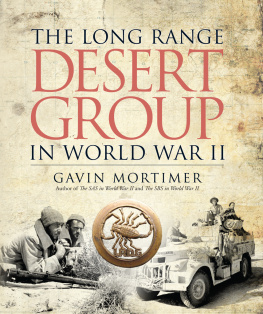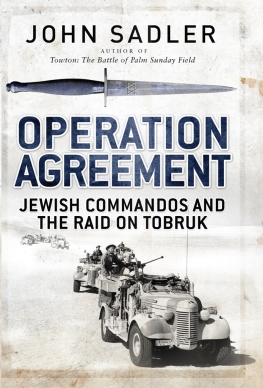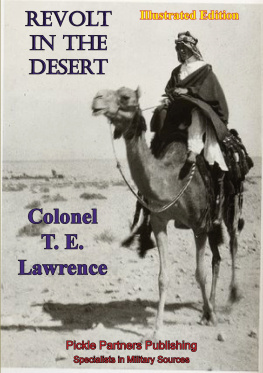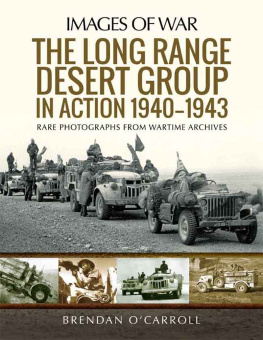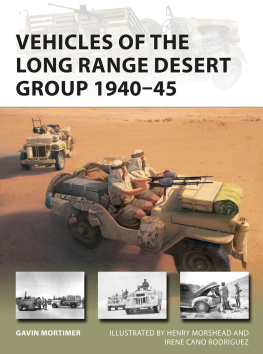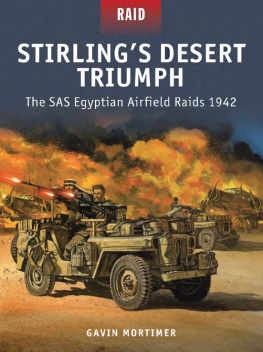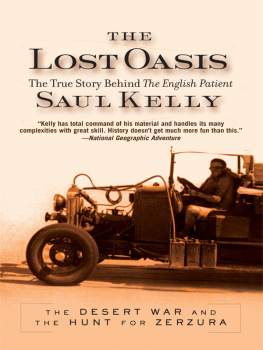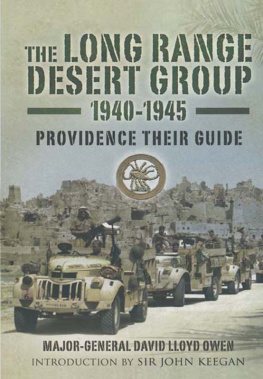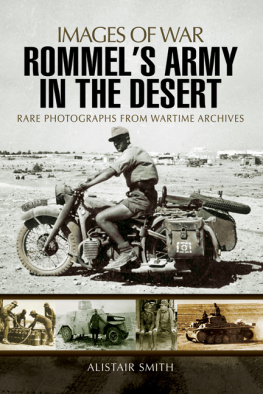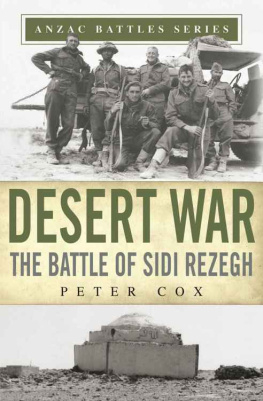


First published in Great Britain in 2017 by Osprey Publishing,
PO Box 883, Oxford, OX1 9PL, UK
1385 Broadway, 5th Floor, New York, NY 10018, USA
E-mail:
This electronic edition published in 2017 by Bloomsbury Publishing Plc
Bloomsbury is a registered trademark of Bloomsbury Publishing Plc
Osprey Publishing, part of Bloomsbury Publishing Plc
2017 Gavin Mortimer
All rights reserved
You may not copy, distribute, transmit, reproduce or otherwise make available this publication (or any part of it) in any form, or by any means (including without limitation electronic, digital, optical, mechanical, photocopying, printing, recording or otherwise), without the prior written permission of the publisher. Any person who does any unauthorised act in relation to this publication may be liable to criminal prosecution and civil claims for damages.
Every attempt has been made by the Publisher to secure the appropriate permissions for material reproduced in this book. If there has been any oversight we will be happy to rectify the situation and written submission should be made to the Publisher.
A CIP catalogue record for this book is available from the British Library.
Gavin Mortimer has asserted his right under the Copyright, Designs and Patents Act, 1988, to be identified as the Author of this Work.
ISBN: 978-1-4728-1933-8 (HB)
ISBN: 978-1-4728-1935-2 (eBook)
ISBN: 978-1-4728-1934-5 (ePDF)
To find out more about our authors and books visit www.ospreypublishing.com. Here you will find our full range of publications, as well as exclusive online content, details of forthcoming events and the option to sign up for our newsletters. You can also sign up for Osprey membership, which entitles you to a discount on purchases made through the Osprey site and access to our extensive online image archive.
Front cover: Left: Two men of a Long Range Desert Group patrol, dressed in greatcoats, make use of available cover while on a road watch. (Imperial War Museum E 12434). Right: A Chevrolet truck about to set off on patrol from Siwa in 1940. (Imperial War Museum E 12373)
: Stuck in the mud: an LRDG patrol uses sand channels to extract a vehicle from a desert quagmire. (Courtesy of the SAS Regimental Archive)
Imprint page: Two LRDG men aboard a Chevrolet truck, the preferred mode of transport in the desert. (Courtesy of the SAS Regimental Archive)
Osprey Publishing supports the Woodland Trust, the UKs leading woodland conservation charity. Between 2014 and 2018 our donations will be spent on their Centenary Woods project in the UK.
www.ospreypublishing.com
C ONTENTS
D EDICATION
To the men of New Zealand, Britain and Rhodesia whose courage created the LRDG legend.

ACKNOWLEDGEMENTS
First and foremost I would like to thank Lofty Carr, Mike Sadler and James Patch, three of the handful of LRDG veterans who, 75 years later, still talk with pride and affection of their time in the unit. This book is dedicated to you, and your former comrades, who served with such gallantry and guile in the Long Range Desert Group.
I am also grateful to Grenville Bint for his assistance in my research, particularly in the supply of some many of the wonderful photographs in the book, and my thanks, too, to the SAS Regimental Archive, who allowed me access to their treasure trove of LRDG records.
Similarly, I am indebted to Jonathan Pittaway, author of the excellent history of the Rhodesian members of the LRDG, and John Valenti, who does such a fine job running the LRDG Preservation Society, and who generously granted me permission to reproduce some of his photos in this book.
Thank you to the staff at the Imperial War Museum, the National Archives in Kew and the Churchill Archives in Cambridge.
Several relatives of LRDG personnel exhibited great kindness during my research in unearthing documents and diaries, notably Barbara Atherton, daughter of Harry Horton, one of the units most efficient signallers, and Ian Chard.
Thank you to my agent, Felicity Blunt, and her assistant, Jessica Whitlum-Cooper, at Curtis Brown for their diligence on my behalf.
Finally, Id like to thank the team at Osprey on must be congratulated for their enthusiasm, efficiency and editing. Thanks for an excellent job.
INTRODUCTION
The desert campaign of World War I is a largely forgotten theatre in the minds of the British and their allies. One hundred years after the war to end all wars, the perception is of a conflict of carnage fought in the trenches of France and Belgium. Mud, blood and barbed wire. Of course, Australians and New Zealanders still recall with pride the bravery and fortitude of their troops in the Dardanelles campaign of 1915, but few are aware of the consequences of that failed campaign to knock Turkey out of the war.

Ralph Bagnold, seen here in Egypt during the 1920s, founded the LRDG in 1940 and his vast experience of the Libyan desert proved invaluable in the North African campaign. (Getty)
It resulted in Britain diverting 80,000 of its soldiers from the Western Front to Egypt and then a march up through Palestine into Syria to engage the Turks. Turkeys reaction was to call on Muslim states to wage a jihad against Britain and her allies. The appeal met with a mixed response. In the Arabian Peninsula, thanks in part to Colonel T. E. Lawrence Lawrence of Arabia Prince Feisal and his warriors fought with the British against Turkey. But in the Egyptian Desert, the vast arid tract of land west of Cairo, the Senussi tribesmen embraced the call to jihad against the European Crusaders.
Armed by Turkey and Germany, thousands of Senussi, led by Sayed Ahmed esh Sherif, began attacking British outposts. The raids caused little in the way of material damage to the British but they were nonetheless a concern, and forced their commander, General Sir Archibald Murray, to transfer troops from Palestine to reinforce the British position in Egypt. An innovative general by World War I standards, Murray organized his troops into the Western Frontier Force, combining infantrymen with units of cavalry and artillery, further strengthened by a squadron of light bombers from the Royal Flying Corps (RFC).
The innovation didnt stop there. A Camel Corps was formed, but, bold as they were, the men were no match for the Senussi who had grown up on the awkward animals. If they were inferior to their enemy in tradition, Murray reasoned, why not gain the advantage by using their superior technology. And so in early 1916 the Light Car Patrol (LCP) was formed.
Comprising a fleet of 20 horsepower, four-cylinder Model T Fords, the Allies the volunteers were all British and Australians now had the mobility but more importantly the firepower to take the fight to the Senussi. Operating in conjunction with the RFC, the patrols were provided with the location of a Senussi camp by the reconnaissance aircraft and they would then drive into the desert and launch a hit-and-run attack. They, said Lawrence of the Light Car Patrols, were worth hundreds of men to us in these deserts.

